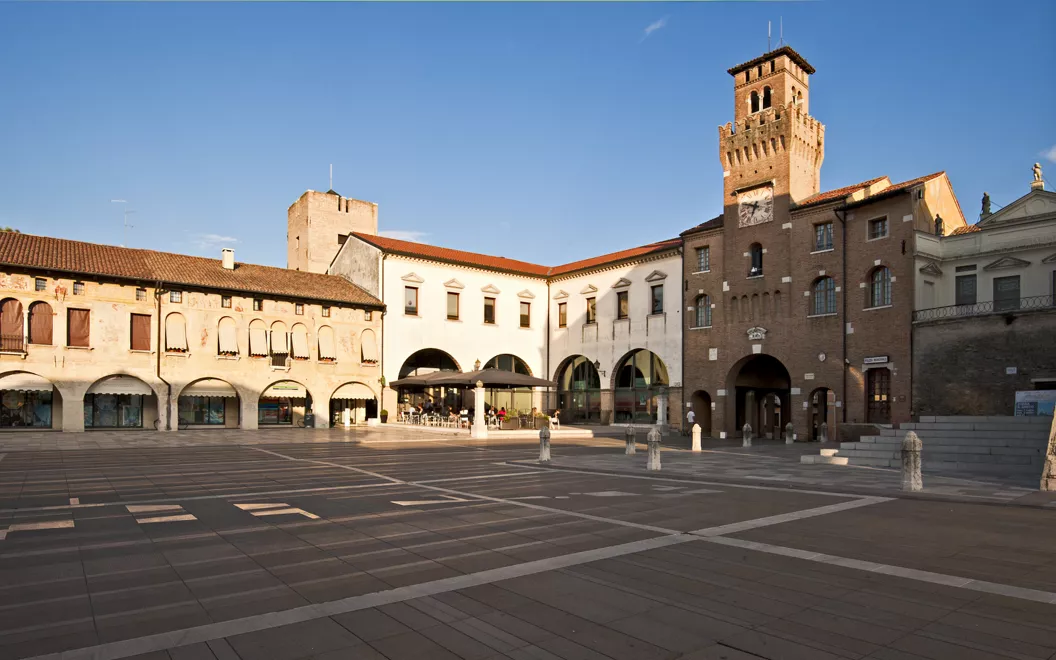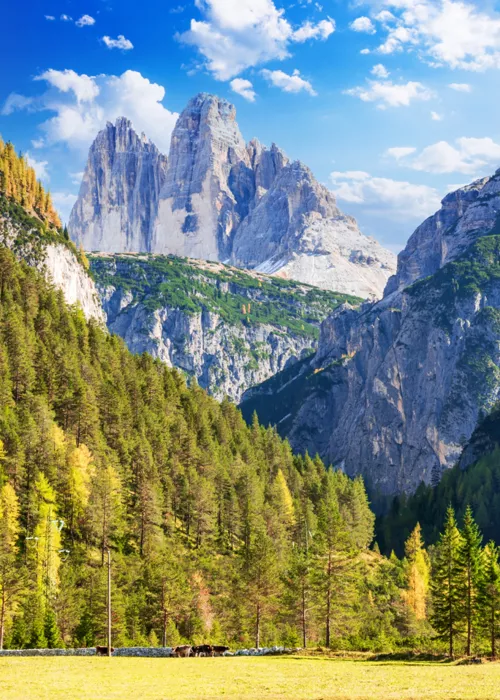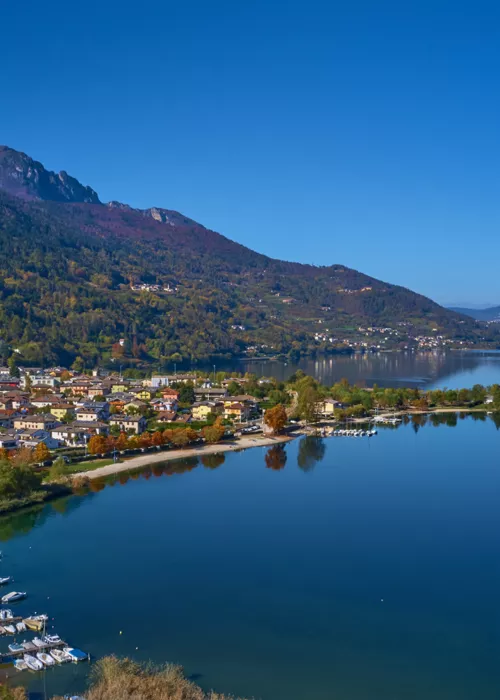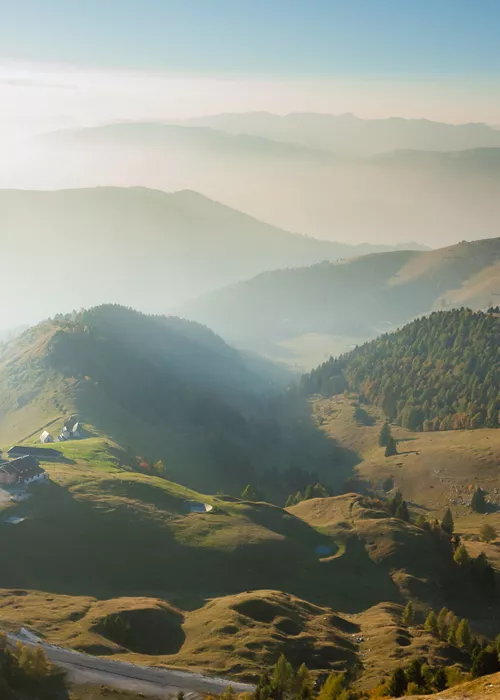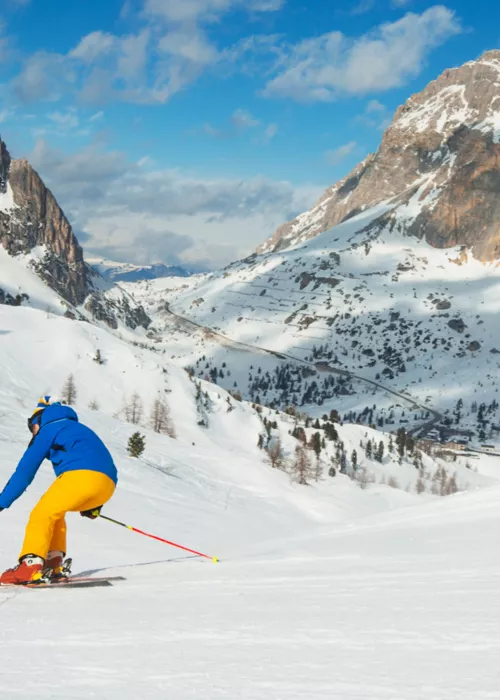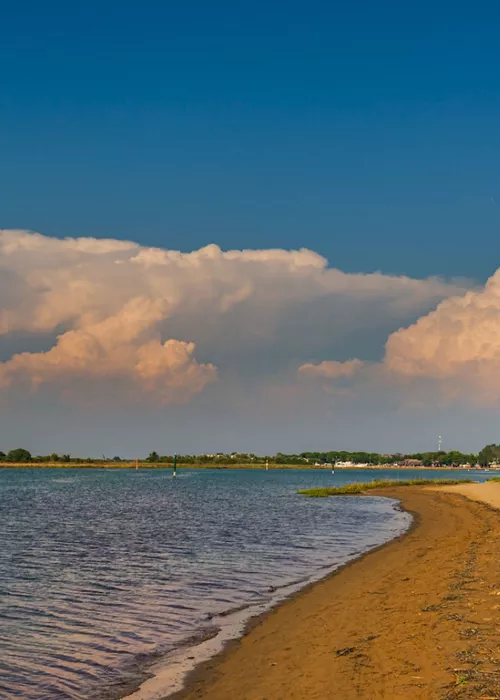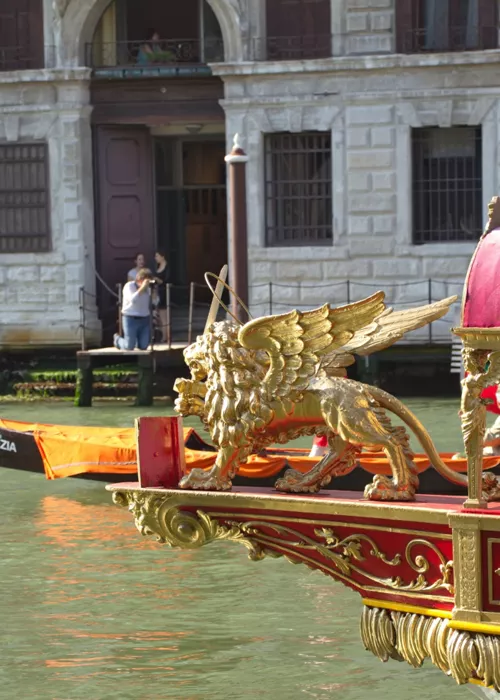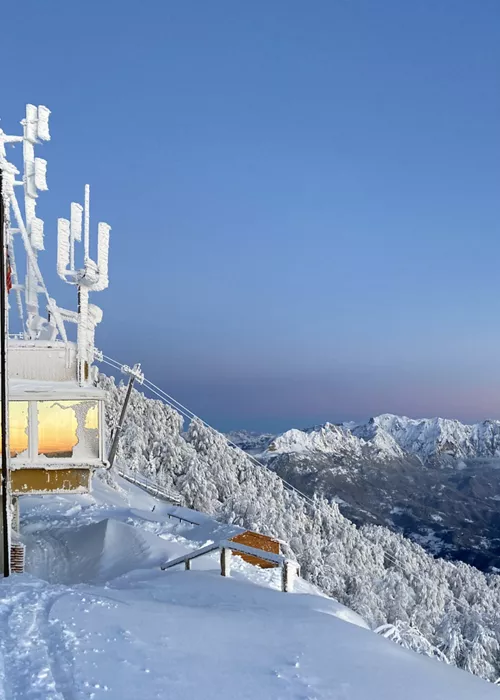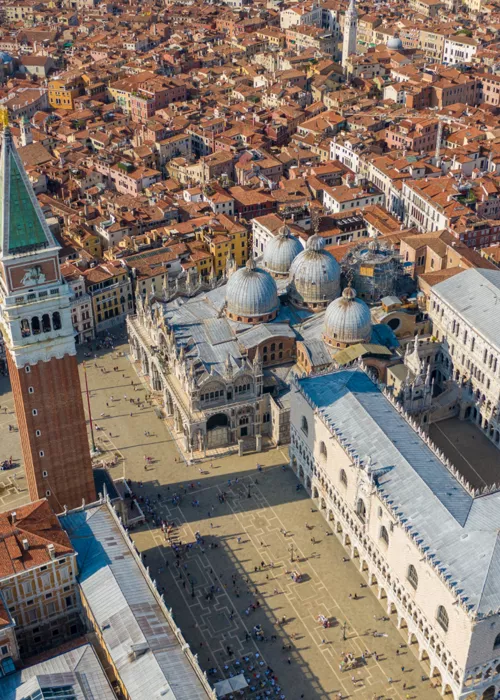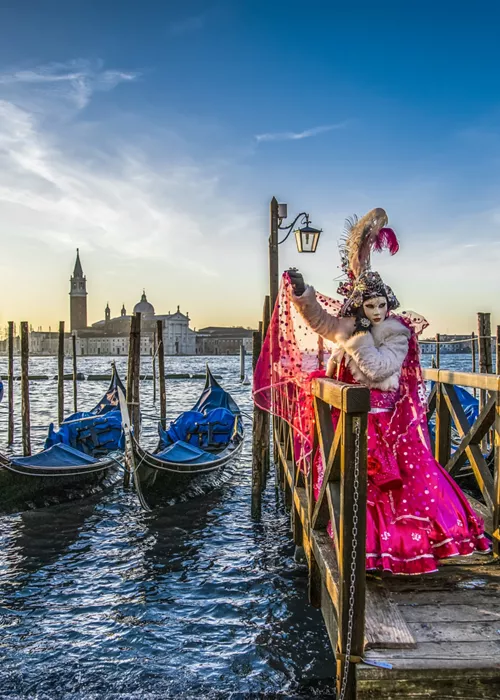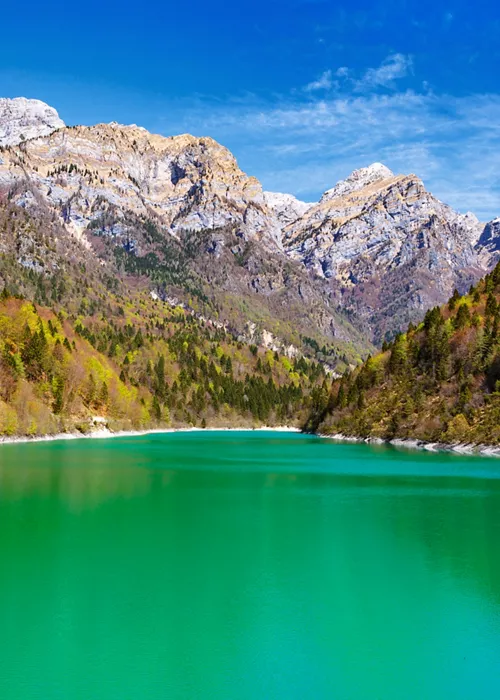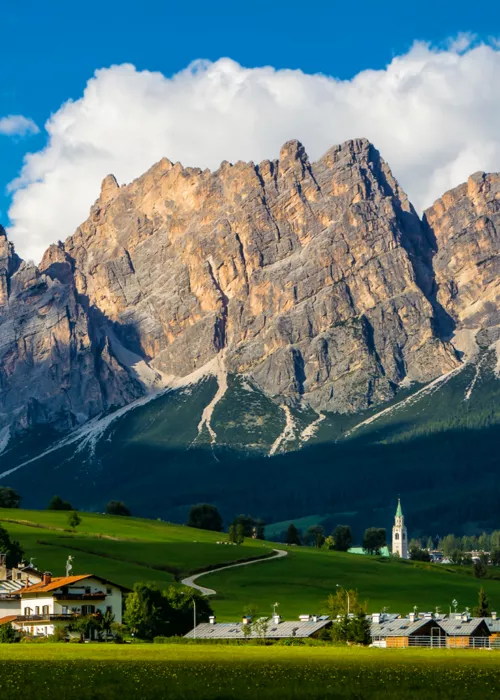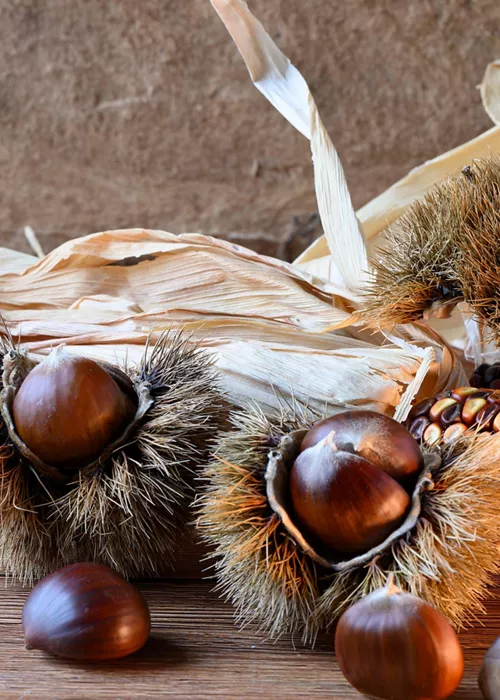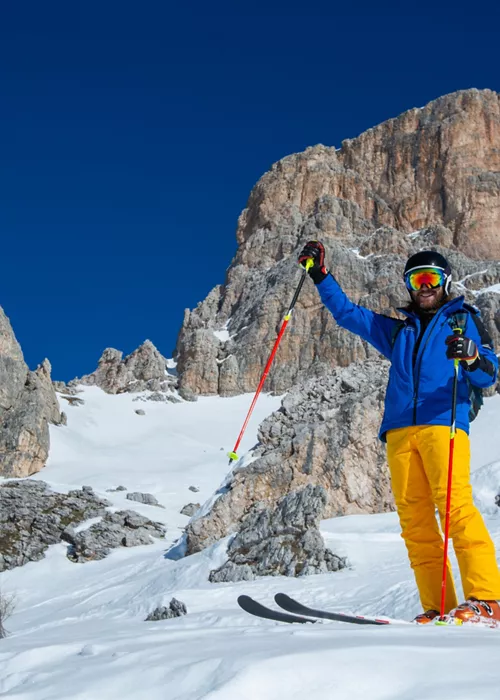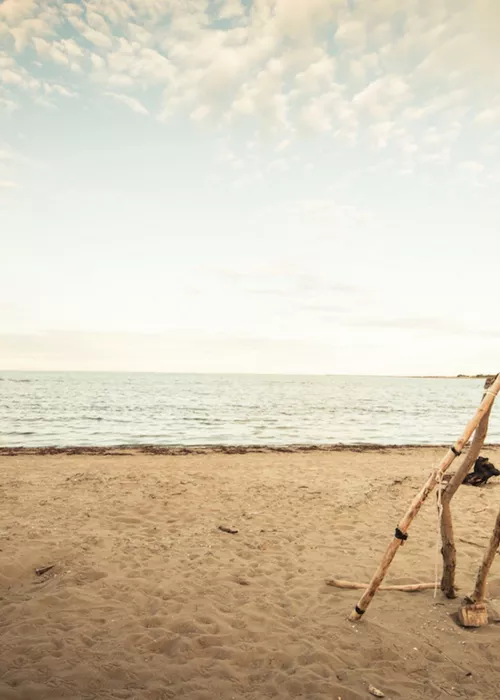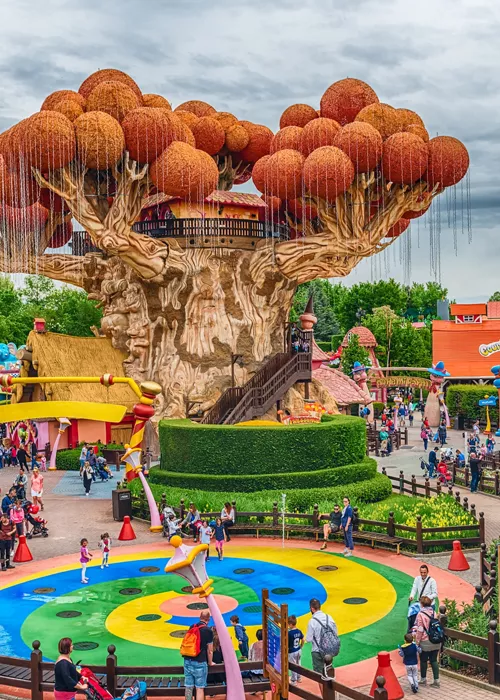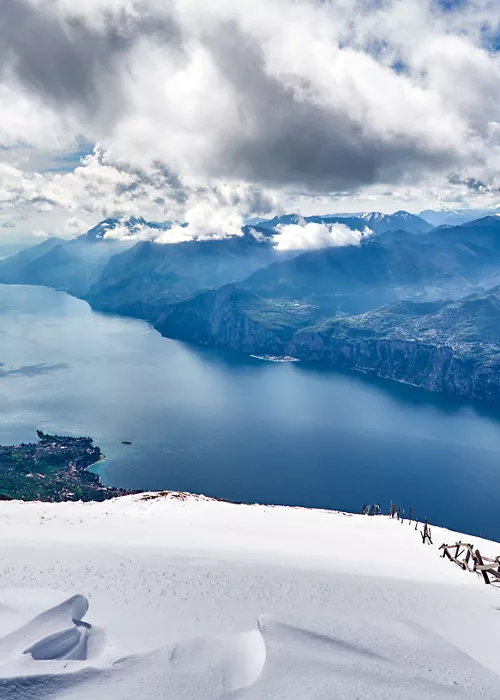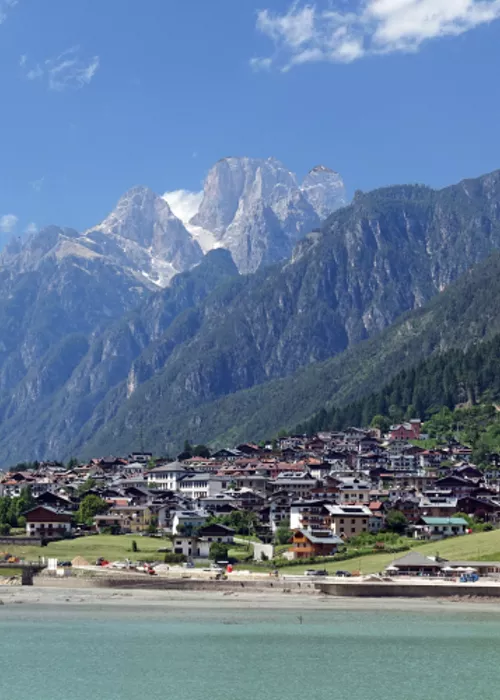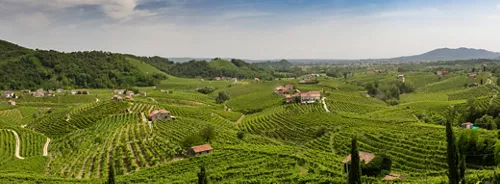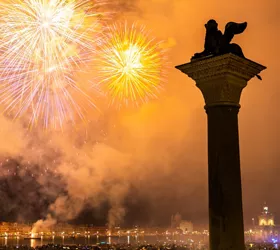Eighteenth stage of the Giro d'Italia 2023: from Oderzo to Val di Zoldo
3 minutes
We are in Oderzo, a small, charming municipality in the province of Treviso, on Thursday 25 May, for the eighteenth stage of the Giro d'Italia 2023. The town boasts a glorious past. It was built by the ancient Venetians in the 9th century B.C. and became an important Roman municipality at the time of the Republic (1st century BC). It reached its peak however in the following two centuries (1st and 2nd centuries AD).
The traces of ancient glory are still visible and well preserved in the "Eno Bellis" Archaeological Museum, among the first archaeological museums to be established in Italy in 1876, within Palazzo Foscolo, which dates back to the 16th century, also home to the Gallery of Modern Art and the Pinacoteca. Numerous material vestiges can be found in the various archaeological areas of the city: the Roman Forum, with the remains of a forensic complex from the Augustan era, a large domus and the Via dei Mosaici, and the tunnel that opens between Piazza Grande and Piazza Castello, where one of the two main axes of the city can be viewed. Construction of the Duomo di Oderzo began in the 11th century AD, on the ruins of an ancient temple dedicated to the god, Mars, but was named after St John the Baptist more than 500 years later. Built in Romanesque-Gothic style, it underwent numerous transformations over time. It houses important works by Italian artists from different periods, including Tintoretto.
In the surrounding countryside, you can do many outdoor activities, enjoying the numerous excursion trails and paths marked out for cycling tourism.
The area, irrigated by the Monticano river, has an abundance of wild herbs, which are excellent for soups, risottos and omelettes, as well as several varieties of mushrooms, such as porcini, finferli and button mushrooms. A classic dish is polenta, which is only served 'white' here, together with exquisite cheeses and meat from local livestock raised in the lush green pastures. Fish, which abound in the rivers, are the main ingredient of many traditional recipes. Worth trying: the archaeological restaurant in the medieval castle of Oderzo, where you can enjoy Michelin-starred dishes.
The race continues along the scenic roads of the Belluno region, passing through Ponte delle Alpi until it reaches Pieve di Cadore, a splendid town perched on a hill and a cradle of history and culture, in the province of Belluno.
Here, the unspoiled nature of the landscape forms the backdrop to a delightful town, which preserves an artistic heritage of great value.
There are so many churches to visit, but the Church of Santa Maria Nascente absolutely must be mentioned. This church houses the splendid frescoes by Titian.
It is also worth visiting the Museo dell'Occhiale [Glasses Museum] dedicated to the evolution of spectacles in history, from the Middle Ages to the 20th century.
The route of the race climbs up the Cibiana Pass, then descends towards the Val di Zoldo and reaches the final stage in Palafavera, in the heart of the Dolomites between Monte Pelmo and Monte Civetta.
The valley has a fairy-like landscape of lush green meadows and forests, where many species of wild animals live undisturbed, such as deer, mountain goats, roe deer and bears, protected in the Belluno Dolomites National Park.
Thanks to the richness of this area, there are so many experiences to be had in nature, with itineraries for hikes, excursions on foot or by mountain bike, high-altitude excursions on the mountains of Pelmo, Civetta and Moiazza, and again Spiz di Mezzodì, Tamer, San Sebastiano and Bosconero, as well as rock walls for climbing. Whilst, in winter, it is the ideal destination for snow lovers, who are delighted with the skiing, cross-country skiing, ski mountaineering and even biathlon, thanks to the new Palafavera platform.
After a snowshoe (experience on the 'ciaspola', a special snow raft) for unexplored routes, you will certainly want to rest in one of the many fascinating huts and shelters and enjoy the charms of the typical Dolomites cuisine. The Dolomites have a long tradition of country food and wine, using top-quality products from cattle herds in high-altitude pastures. This makes it possible to obtain the malga cheeses, wonderfully fresh butter and milk, exquisite cold cuts and meat for stews, which have a unique flavour here, as well as delicious fruit that makes excellent jams, such as the special distillates.
The stage podium
Chef Enrico Croatti's asparagus to savour Veneto
Asparagus is a common food in many regional culinary traditions and can be enjoyed in every season, especially in spring.

